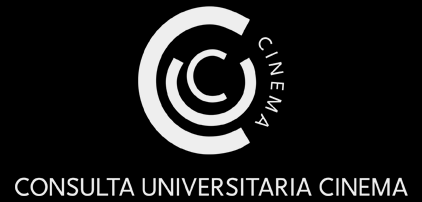In recent years, film and media studies have witnessed an emerging interest in integrating computer-based techniques for analyzing and visualizing both quantitative and qualitative data relating to film. This emerging interest can be seen in the development of approaches that involve new and practice-based audiovisual methods, such as videographic criticism and video annotation, as well as various data visualization and digital humanities techniques that rely on empirical methods such as data mining, linked data, geo-tagging and mapping, in order to study, among others, filmic structure, style, discourse, storytelling and reception (Grant, 2012; Ingravalle, Prelinger & Latsis 2015; Ferguson, 2016; Verhoeven, 2016). This development has opened new paths for film history scholarship and its traditional focus on the cultural significance of films in terms of aesthetics and medium specificity, while also leading scholars to explore and reflect on potential new paths for interdisciplinary research methods (Grant, 2012; Acland & Hoyt, 2016). Through new tools and collaboration with scholars from disciplines that were traditionally distant from film and media studies – such as data, computer and information science, and practice-based research – the relation between researchers and their sources, films and related materials, is being reconfigured.
This development creates new expectations and challenges for film heritage institutions as well, specifically with regard to the role that they may play in relation to digital scholarship in creating and offering access to archival collections and data. As still larger digitization projects have continued to emerge in recent years, within a political climate that promotes and stimulates digitization and development of digital research infrastructure for studying collections, film heritage institutions need to develop sustainable and critical models for facilitating, shaping and benefiting from digital scholarship in film and media studies, all the while being mindful of their own institutional core values and missions. This endeavor, we suggest, entails that film heritage institutions develop a greater sensitivity towards key concerns of digital scholarship in film and media studies at large, while also making sure that digital scholarships in turn develop a better sense of archival concerns in their practice (Heftberger, 2014).
Taking the cue from this suggestion, this special issue offers a platform for thinking through productive connections, synergies and frictions between emerging methods in film and media studies and the current work of film heritage institutions. In doing so, we encourage contributors to stage speculative encounters between approaches and practices as well as to discuss concrete case studies, so as to imagine future paths.





